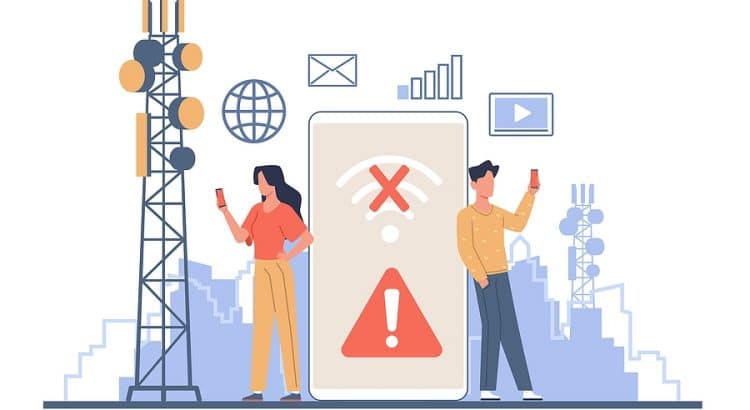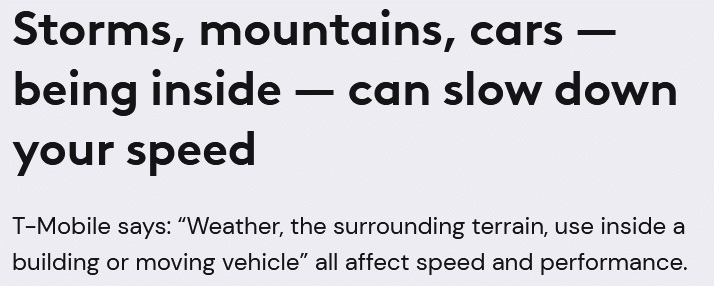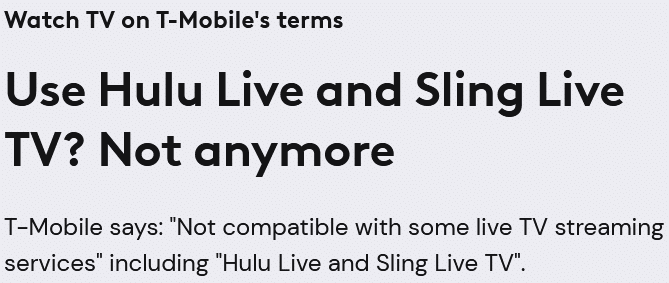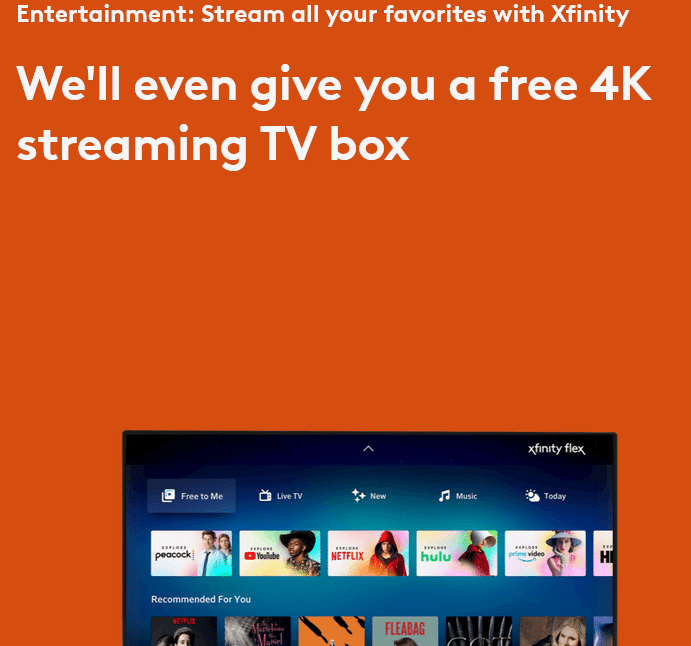Today, Verizon launched revamped plans with a new approach called myPlan. While existing subscribers are, for the moment, able to stick with their old plans, new postpaid subscribers have just two options for unlimited plans:
- Unlimited Welcome – The Basic Plan
- Unlimited Plus – The Premium Plan
Previously, Verizon offered six different plans with varying features.
Add-Ons
With many of Verizon’s old plans, services like Disney+ or Apple Music were bundled in by default. Verizon’s new plans unbundle these services. Subscribers can instead pick and choose (or entirely opt-out of) various perks priced at $10 per month. Some of the perks are access to third-party streaming services. Other perks involve add-on features Verizon offers to enhance subscribers’ plans.
A few examples:
- Disney Bundle (Hulu, Disney+, ESPN+)
- Apple Music Family
- 100GB Mobile Hotspot Add-On
- 3 TravelPass Days (for international roaming)
Elsewhere, I dive in the weeds comparing Unlimited Welcome Vs. Unlimited Plus. For now, I only want to comment on the shift in Verizon’s approach.
Are The New Plans Good For Consumers?
The reactions to Verizon’s new plans have been pretty negative on Reddit and Twitter. If you try to make a myPlan subscription that’s more-or-less equivalent to some of Verizon’s old plans, you’ll likely end up with a higher price tag than those attached to Verizon’s old plans. Commentators are largely correct that the new structure of Verizon’s plans conceals a price increase.
Still, there’s something praise-worthy about Verizon’s shift. Things were getting out of hand with six different plans. Normal consumers couldn’t easily make sense of the offerings and compare all the different features. The plans didn’t even have a straightforward hierarchy from the lowest-cost plan to the most premium plan.
There’s something odd about cell phone services automatically bundling in a bunch of vaguely related third-party services or add-on features (many of which won’t be used by the typical subscriber). I prefer this new scenario where people who want something can pay a reasonable price to add it on, and others can opt-out.












